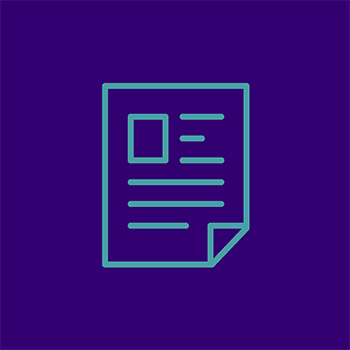We use cookies on this site to enhance your experience.
By selecting “Accept” and continuing to use this website, you consent to the use of cookies.

An abstract provides the reader with a summary of your project. Depending on the kind of project, abstracts can take on different forms. This can include an abstract for a(n):
Abstracts vary in length. For journal articles, abstracts are often between 150-250 words. For conferences and dissertations, however, abstracts can be longer (up to 500 words). Always follow the guidelines provided.
Regardless of the kind of abstract you are writing, it should entice the reader’s interest. Each of these abstracts has a different purpose and audience.
For a journal article, the abstract helps the reader determine whether to read the full paper. When writing an abstract for a journal article, it is important to consider the nature of the journal. For example, is it a specialized or an interdisciplinary journal? When writing for a non-specialized audience, it is best to avoid technical language in the abstract. Consider your language use when writing for a journal in a Canadian context versus an international context, too. Since abstracts and keywords for journal articles are used by search engines, be strategic in the language you use to draw readers to your work.
The conference abstract, meanwhile, helps the attendee decide whether to attend the session. When preparing to write a conference abstract, consider the kind of conference: is it a research-oriented or practice-oriented conference? Also consider the kind of conference session. Are you proposing to share research, facilitate a roundtable, develop a workshop? This will shape the direction of the abstract. Also consider the theme of the conference to ensure that your proposal is in alignment.
The abstract for a Master’s thesis or PhD dissertation, including a proposal, helps the reader to understand the purpose and scope of the project. Since a thesis or dissertation is a large work, the abstract frames the overarching structure for the reader and reveals the thread that unites the project. It can also help orient the reader to particular points of interest.
An abstract for an essay in a course provides the reader an overview of the project.
Depending on the academic discipline, the abstract includes different kinds of information.
Abstracts in the arts and humanities disciplines often include one to two sentences about the following:
Meanwhile, abstracts in the natural and social sciences often include one to two sentences about the following:
You may write an abstract for a research proposal that has not yet been conducted. In that case, you will not have information about the results. You should be clear in your framing of the abstract that the research is forthcoming. This could include using the future tense to speak about the methodology.
These are general guidelines. Given the wide range of abstracts, it’s important to tailor the information in an abstract considering the field, audience, and context.